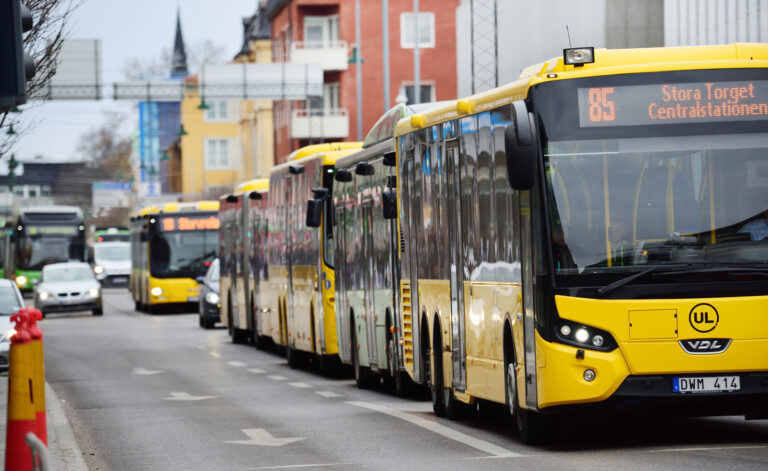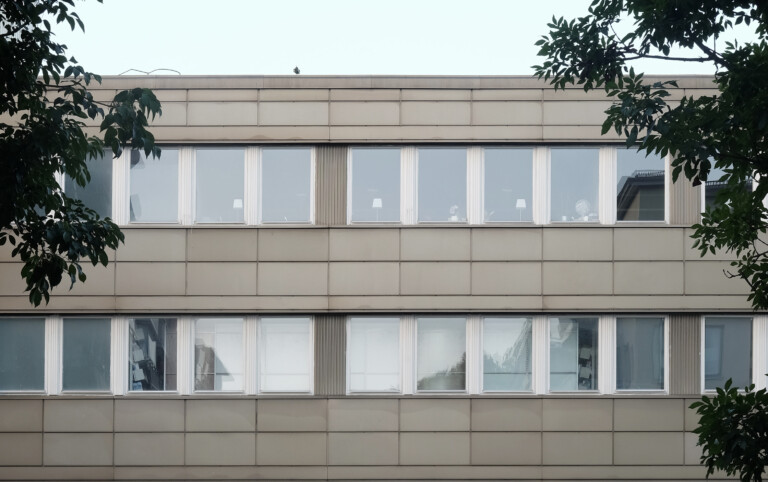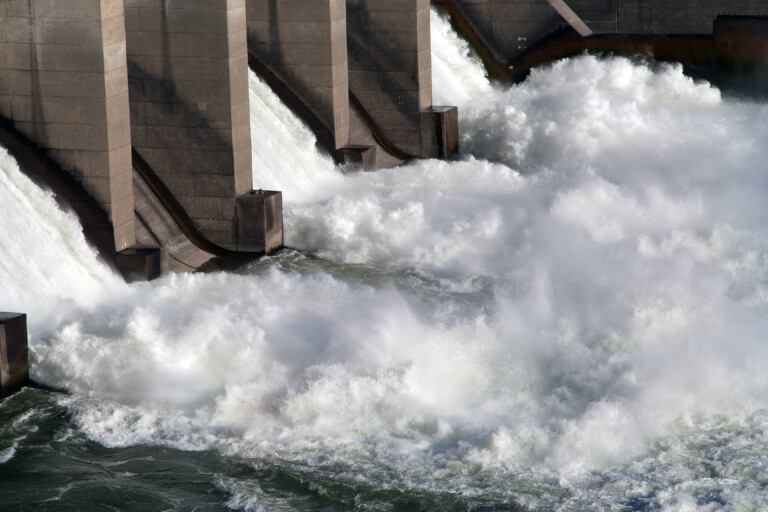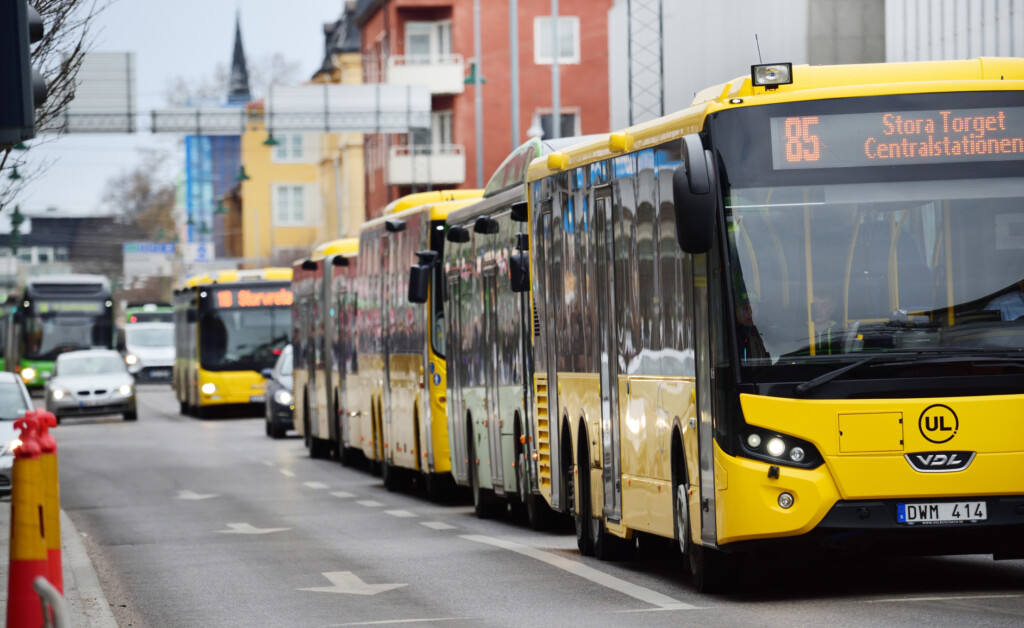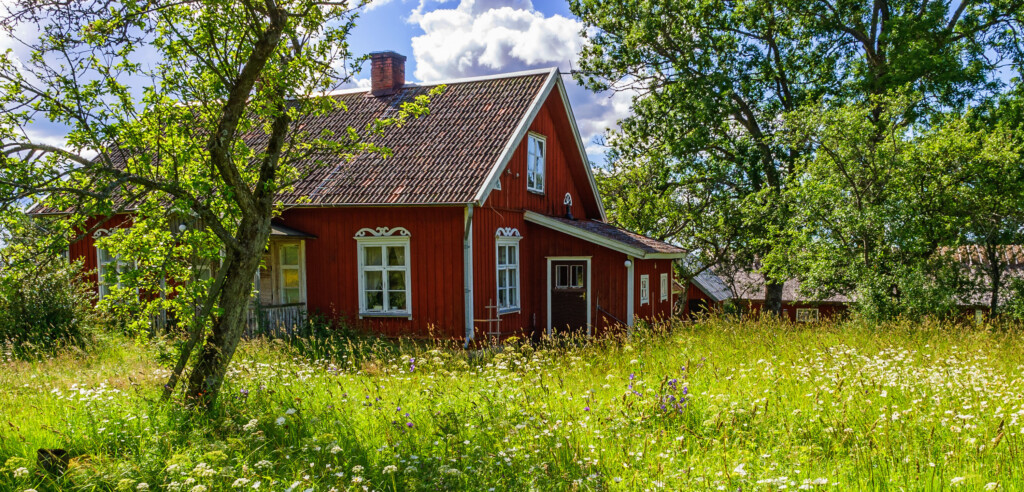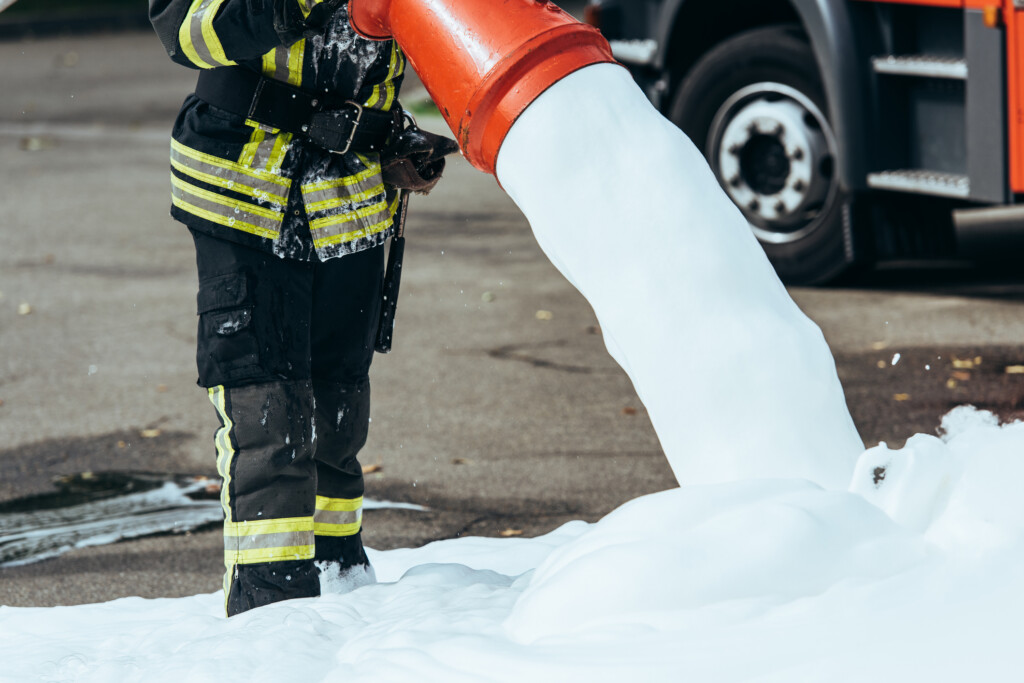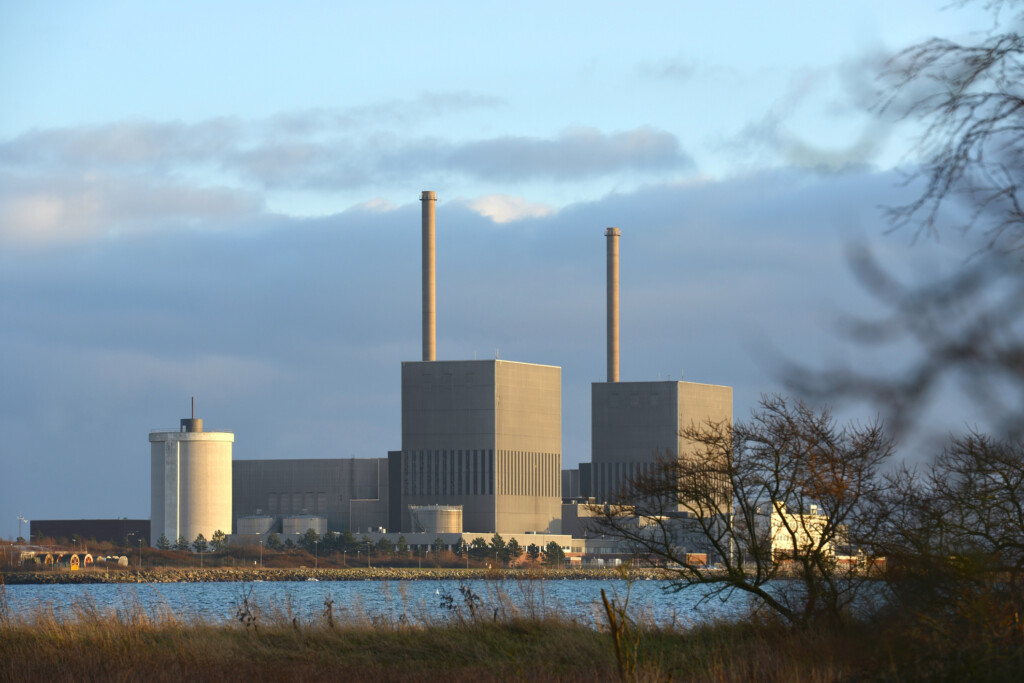Transport
Environmental goals guide climate efforts – despite little impact

Not a single Aichi biodiversity target was reached, and since the Paris Agreement in 2015 emissions have continued to rise. As global agreements are being renegotiated, the key question remains: How are all the goals and promises being turned into action?
Prenumerera på Extrakts nyhetsbrev!
Läs mer
Håll dig uppdaterad! Få kunskapen, idéerna och de nya lösningarna för ett hållbart samhälle.
Personal data is stored only for the mailing of Extrakt newsletters and information related to Extrakt’s operations. You can cancel the newsletter at any time, which means you will no longer receive any emails from us
“Green economy, blah blah blah. Zero emissions by 2050, blah blah blah.” In Greta Thunberg’s ears, this is what world leaders sound like when talking about the global goals that have so far been elusive.
The world will set new global climate goals after the COP26 climate summit, and in the spring new goals for preserving the earth’s biodiversity will be negotiated in Kunming, China.
But looking back, the odds of reaching the new goals do not look promising. Despite the Paris Agreement, which was signed in 2015, carbon dioxide emissions are still not decreasing. And not a single one of the 20 Aichi targets, global goals that aim to halt biodiversity loss by 2020, was fully achieved. Sweden has also struggled to achieve its own environmental objectives, with just 1 in 16 goals being reached.
Still, setting goals for national and global sustainability efforts is a worthy task. So says Åsa Persson, head of research at the Stockholm Environment Institute, SEI. In her research, Persson has looked at conflicts and synergies between different agreements, goals and instruments.
“Goals are an essential first step in reaching a consensus among the countries,” Persson says. “But we can say that historically we have failed to achieve the goals that have been formulated. Before the UN’s sustainable development goals, or SDGs, were adopted, the UNEP development programme conducted an analysis of previously established environmental goals, ranging from international agreements to more voluntary statements. Of roughly 300 goals, only two had been achieved. It’s a very poor report card.”
“We’ve had a backslide”
The UN’s progress on the SDGs is evaluated every four years, with the first report issued in 2019. Persson is part of the international group of experts conducting the second evaluation of where the world’s countries stand in terms of the goals.
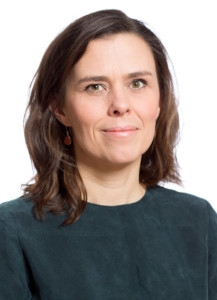
“Unfortunately, we see that we’ve had a backslide on several goals since the last evaluation including poverty and hunger,” she says. “This appears to be an effect of the pandemic, which has hit developing countries especially hard.”
Yet among all the unattained goals are some bright spots, where international agreements have produced clear results. Europe’s air pollution and acidification problems in the 1980s were overcome through regional agreements. Even the Montreal Protocol, which in 1987 stated that substances harmful to the ozone layer would be phased out, shows that it is actually possible to introduce rather tough rules.
“Instead of just relying on targets, several rules were set. If you didn’t phase out these substances, there were consequences. But in general, it’s become more difficult to push through these kinds of binding rules.”
Voluntary action plans
The thorny issue today is countries’ self-determination, which few are prepared to give up. Instead, countries are being encouraged to voluntarily present action plans like the climate plans now being carved out.
“I also believe that researchers, the media and civil society can do a lot to evaluate whether the goals are being achieved,” she says. “We have more and more data, research and analyses, which all give us a good picture of what the different countries are doing and whether it is enough.”
Issues like jobs, unemployment and economic growth often rank at the top of day-to-day political agendas, at the expense of the sustainability goals. Green growth that safeguards biodiversity has long found itself quite far down on politicians’ to-do lists. But Persson believes that the tides are starting to turn.
“Carbon emissions are becoming something that political leaders are taking responsibility for, and they are increasingly being reported.”
Believes in SMART goals
Despite the bleak track record of the world’s shared intentions, Persson sees several reasons to continue working on environmental goals. She welcomes ambitious, visionary goals that can offer inspiration – but believes that they need to be broken down into what are known as SMART goals.
“These are goals that are both realistic and measurable. We’ve got to be able to follow up on goals and demand responsibility. This is what I think is the idea behind the new global framework for biodiversity coming this spring. It shouldn’t be too easy or too cheap to say ‘yes’ to an environmental goal that you then don’t live up to. The formulation of a goal should not be declared a success in itself.”
THE PARIS AGREEMENT
In 2015, 191 countries signed the Paris Agreement. Among other goals, it states that the consequences of climate change should be counteracted and the rise in global average temperature should be limited to 2 degrees Celsius, and preferably 1.5 degrees, above preindustrial levels.
COP26 is the UN’s 26th climate summit that aims to get countries to agree on rules stemming from the Paris Agreement. These include how to compensate poor countries affected by climate change and how to intensify efforts to reduce climate change.
THE KUNMING DECLARATION
In October, the parties to the UN Convention on Biological Diversity met for the COP15 summit in Kunming, China.
Their goal was to develop a new framework based on the Aichi targets, with clear formulations and measures to preserve the earth’s biodiversity.
In April 2022, the parties will meet again in Kunming, when the framework will be finalised and determined.
